(Page créée avec « * [http://future.arte.tv/en/the-lithium-source-dinegalite-and-pollution Environment]: 1300T of accumulators are thrown away each year with a forecast at 14000T for 2020. D... ») |
(Page créée avec « * Economy: Small local economies can arise from the reuse of lithium-ion cells still usable, for the production of lamps, powerbanks, etc. ») |
||
| Ligne 36 : | Ligne 36 : | ||
* [http://future.arte.tv/en/the-lithium-source-dinegalite-and-pollution Environment]: 1300T of accumulators are thrown away each year with a forecast at 14000T for 2020. Depending on the country, they end up either in nature, rejecting toxic substances, or part of them for energy-consuming recycling. However, many of the cells are potentially usable as is for a new life. | * [http://future.arte.tv/en/the-lithium-source-dinegalite-and-pollution Environment]: 1300T of accumulators are thrown away each year with a forecast at 14000T for 2020. Depending on the country, they end up either in nature, rejecting toxic substances, or part of them for energy-consuming recycling. However, many of the cells are potentially usable as is for a new life. | ||
| − | * | + | * Economy: Small local economies can arise from the reuse of lithium-ion cells still usable, for the production of lamps, powerbanks, etc. |
'''Données techniques''' : | '''Données techniques''' : | ||
Version du 15 janvier 2018 à 16:57
Description
Powerbank / single external battery for small independent lighting or smartphone charging.
Introduction
This tutorial presents the manufacture of a very simple powerbank allowing the feeding of a small lighting or the charging of a smartphone via a USB socket. It is made from lithium-ion cells recovered from used laptop batteries.
Safety :
Lithium-ion batteries can be particularly dangerous. Their charges and discharges must be protected with a suitable electronic circuit. In addition, short circuiting a cell can cause it to explode: It is therefore imperative to handle them with care: gloves and goggles.
Laptop batteries:
Removable computer batteries are mostly made up of lithium-ion cells in series or parallel with an input charge / discharge regulator. When a battery is faulty, it is very likely that only one of the cells or even just the regulator fails. It is still possible to reuse the others.
Why reuse this type of cells / batteries?
- Storage: This type of technology is currently one of the lightest compared to the amount of energy it can store.
- Environment: 1300T of accumulators are thrown away each year with a forecast at 14000T for 2020. Depending on the country, they end up either in nature, rejecting toxic substances, or part of them for energy-consuming recycling. However, many of the cells are potentially usable as is for a new life.
- Economy: Small local economies can arise from the reuse of lithium-ion cells still usable, for the production of lamps, powerbanks, etc.
Données techniques :
La réalisation d’une powerbank à partir de cellules lithium-ion nécessite la récupération de cellule ainsi que l’acquisition d’un module électronique de charge/décharge. 2 options s’offrent par la suite :
L’option la plus simple (expliqué dans ce tuto) est l’utilisation d’une seule cellule lithium-ion. Cette option nécessite seulement de valider la bonne marche de la cellule par un test de tension.
La deuxième option est de coupler plusieurs cellules entres elles en fonction de leur capacité de charge. Ceci nécessite une manipulation plus complexe disponible ici.
Matériaux
- Une batterie ordinateur portable usagée.
- Un "lithium-ion battery holder", si possible avec fil.
- Un module de charge/décharge.
- Fil d'étain.
- Un contenant pour les composants: ici tube plastique/chambre à air et bouchon de bouteille.
Outils
- Gants et lunettes de protection.
- Burin/marteau
- Pince à dénuder.
- Fer à souder.
Remarque : Les équipements de sécurité sont à porter tout le long de la réalisation.
Étape 1 - Selection des cellules lithium-ion
- Ouvrir la batterie d'ordinateur éventuellement à l'aide du burin et du marteau, tout en restant delicat pour ne pas endommager les cellules.
- Séparer les cellules.
Remarque : Par mesure de sécurité, porter une attention particulière à ce que le + et le - des cellules n'entrent jamais en contact.
- A l'aide d'un voltmètre mesurer la tension aux bornes de chaque cellule et ne conserver que celles au dessus de 2,5V.
Remarques :
1) Le + de la cellule se situe du coté de la gorge présente sur la cellule.
2) La tension minimale qu'atteint une cellule lithium-ion déchargée est 2,5V. Si la tension est inférieure, elle peut partir au recyclage.
Étape 2 - Assemblage des composants.
- Souder le - du "Lithium-ion battery holder" au + du module de charge/décharge.
- Procéder de la même manière pour le -.
- Insérer la cellule dans le "lithium-ion battery holder" en respectant bien les polarité '+' et '-' (sous risque d'explosion de la cellule).
- Tester la charge et la décharge de la cellule via des câbles usb / mini usb: un code couleur de LED bleu (chargée) et rouge (déchargée) sur le module de charge permet de connaître l'état de la cellule.
Étape 4 - Utilisation
- La powerbank peut-être utilisée en complément d'une batterie de smartphone permettant de doubler l'autonomie.
- Elle peut également être utilisée pour un éclairage autonome. Un test réalisé avec une lampe bulbe LED a permis un éclairage pendant 7h. (Puissance de la lampe à venir).
Notes et références
- Tutoriel réalisé par Arnaud Mayaux et Pierre-Alain Lévêque pour Nomade des Mers, Novembre 2017.
- Lithium-ion, wikipedia
- Recyclage des batteries, wikipedia
- ARTE Future sur le lithium
- Informations sur batteries lithium-ion, frandroid
- Caractéristiques cellules lithium-ion, puissanceled
Yes
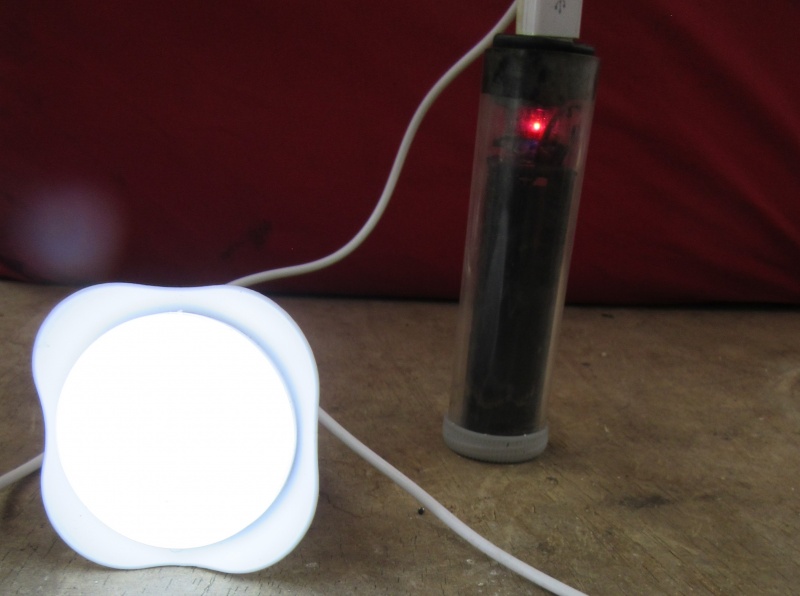
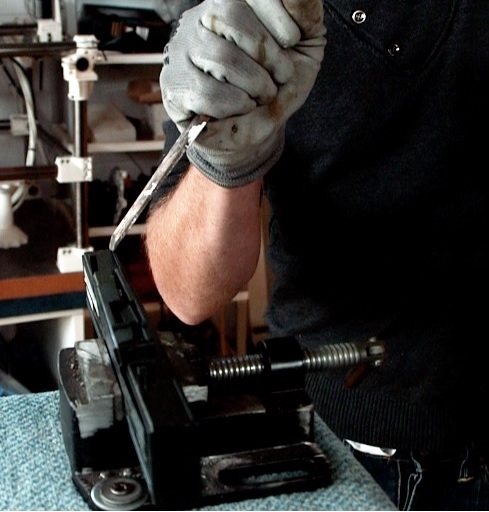
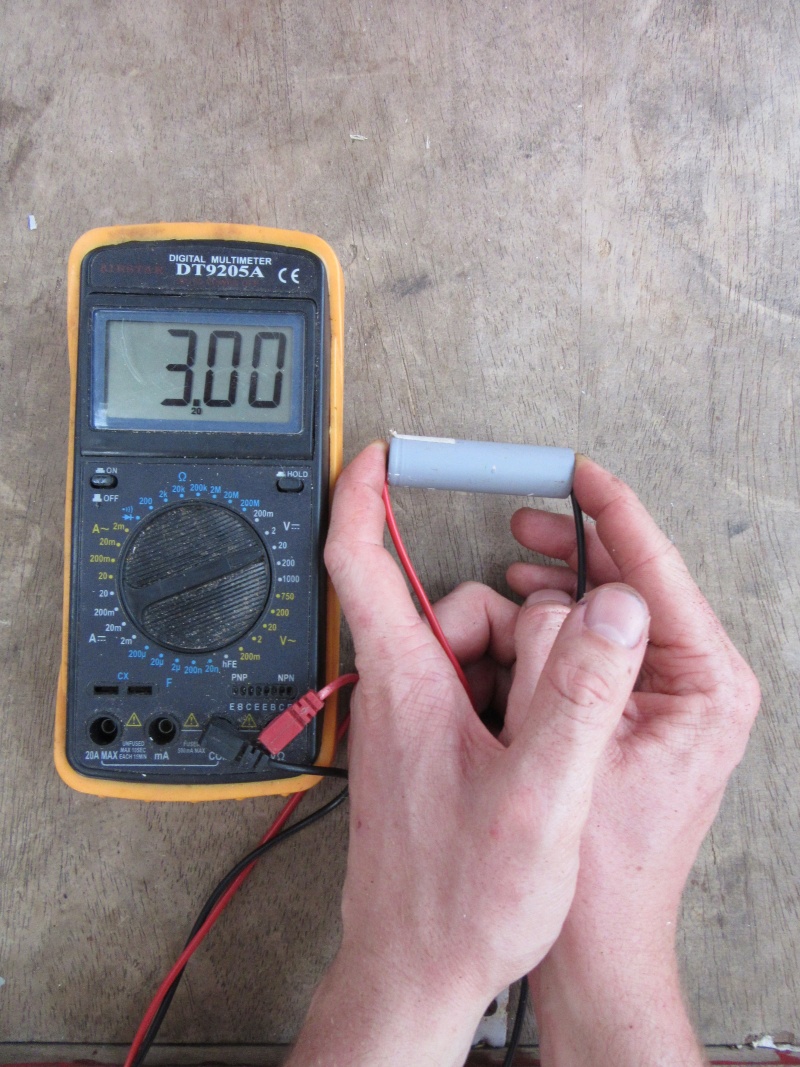
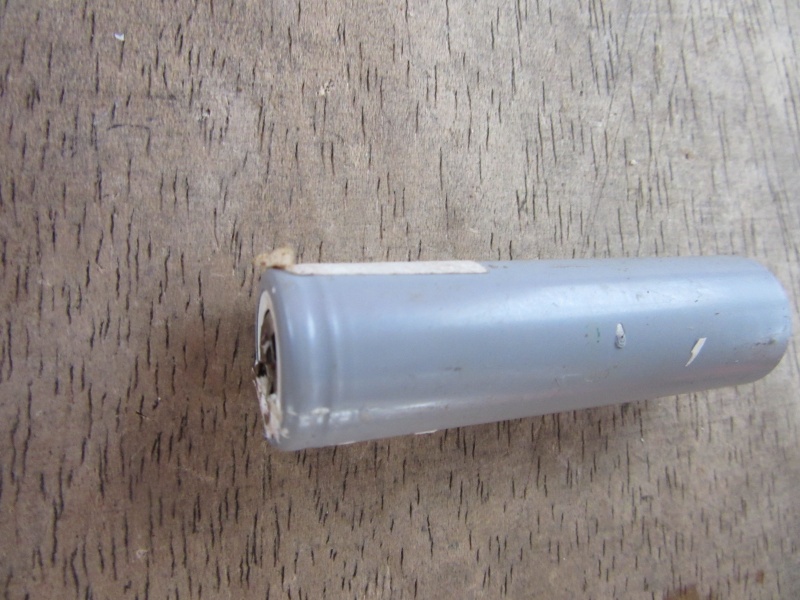
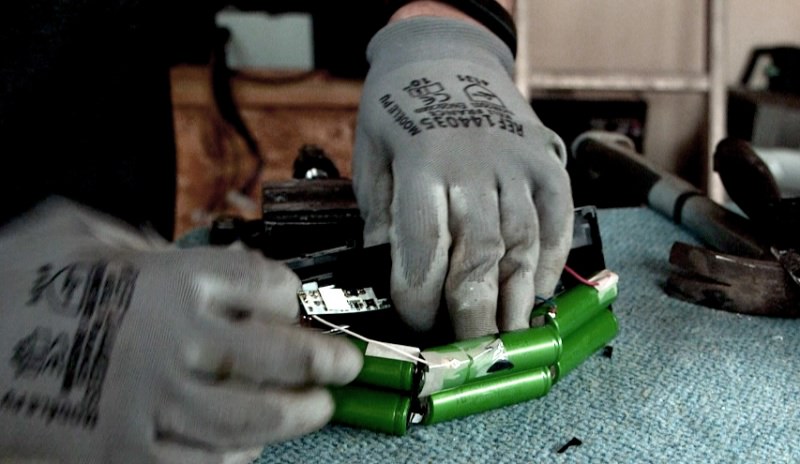
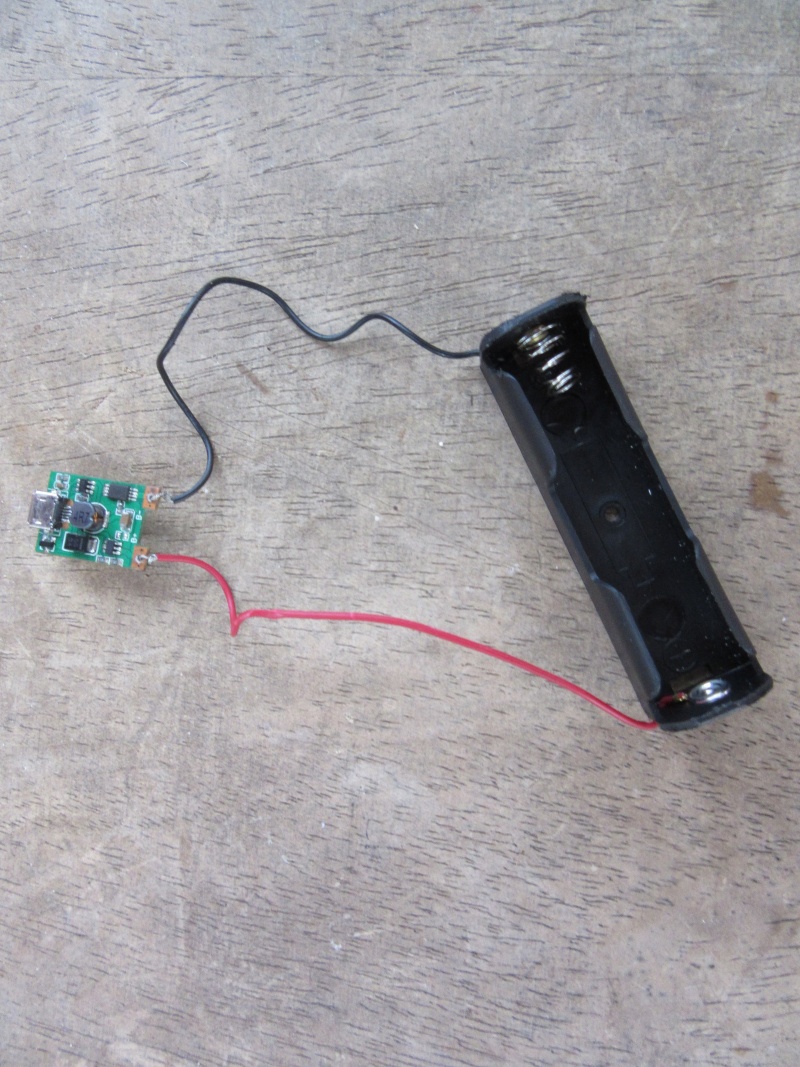
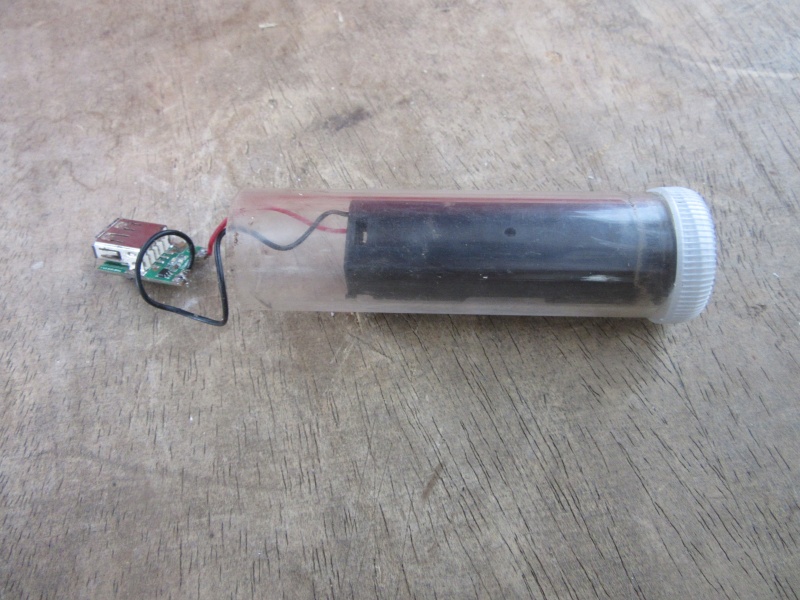
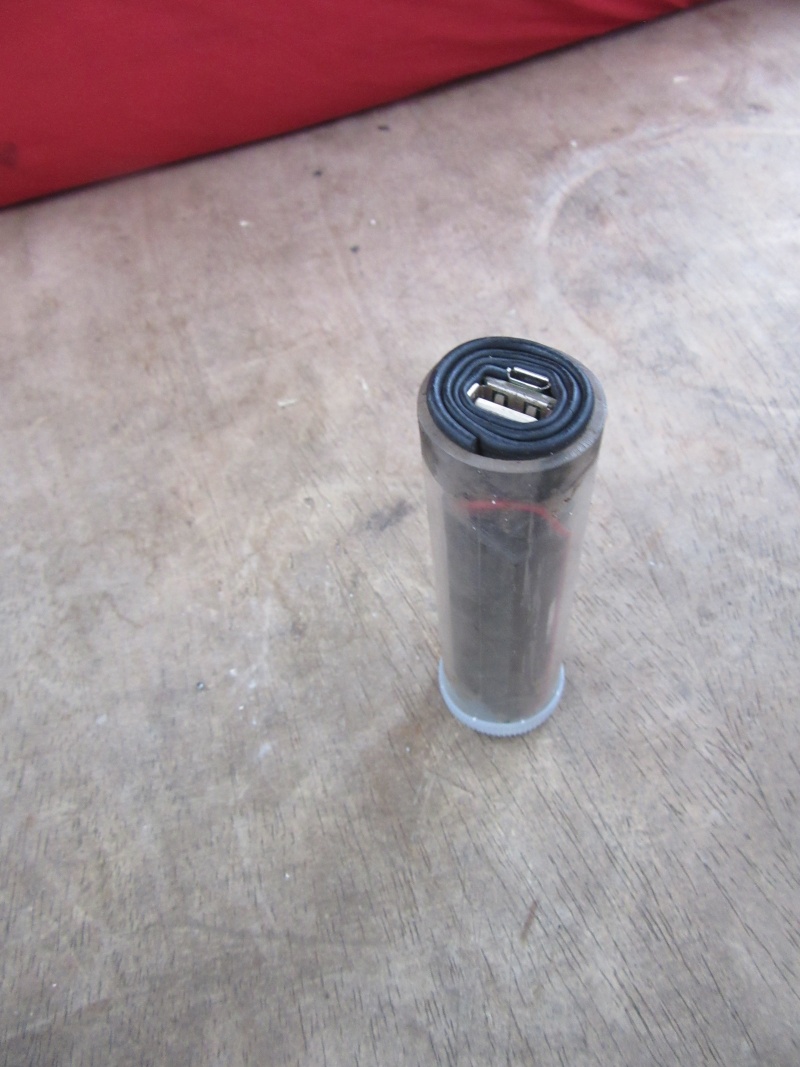
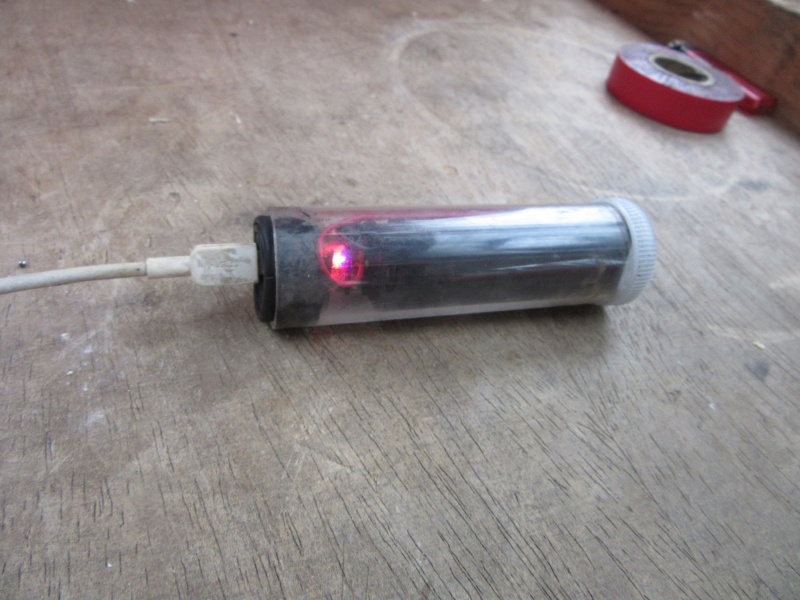
 Français
Français English
English Deutsch
Deutsch Español
Español Italiano
Italiano Português
Português